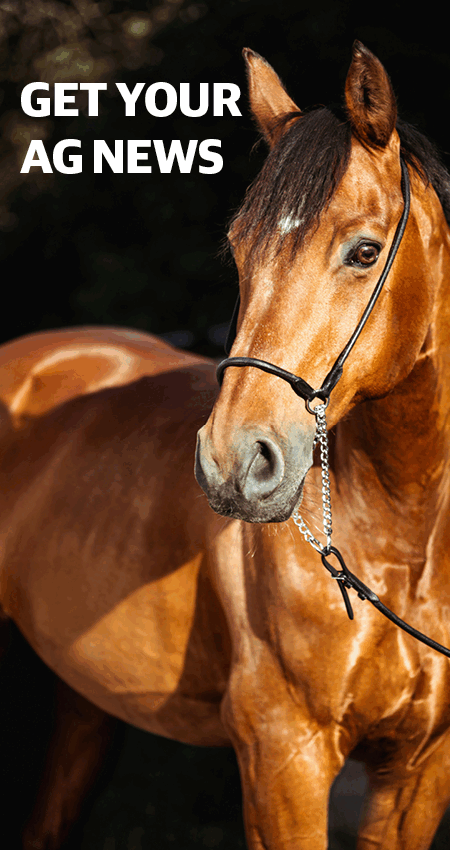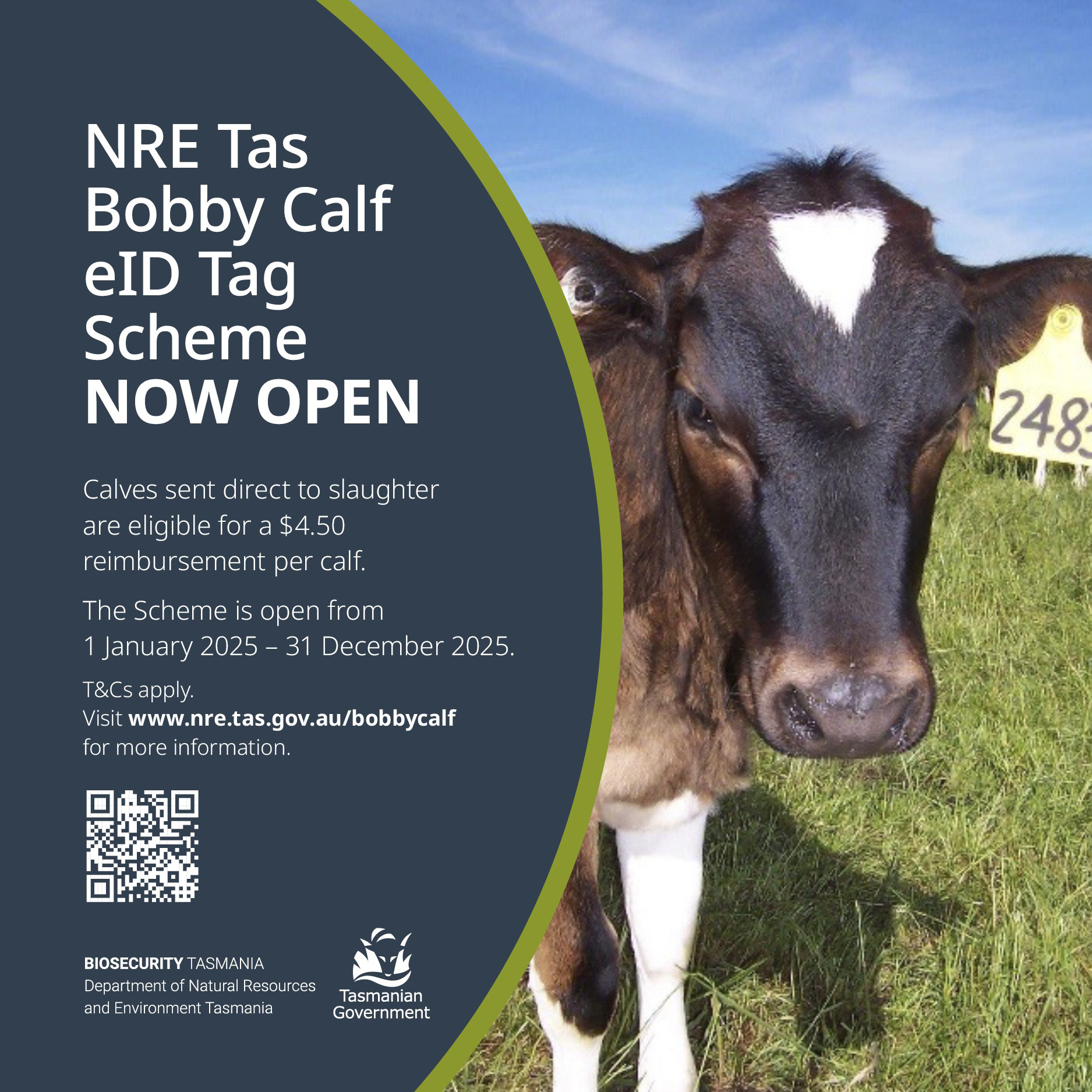Core lessons for our apple growers
THE Tasmanian Institute of Agriculture (TIA) has launched its latest project focusing on enhancing apple production systems across Australia.
Last week, the Productivity, Irrigation, Pests, and Soils (PIPS) 4 Profit program, roadshow made its way to the south of the state where researchers discussed trials being done across three orchards at Geeveston and Ranelagh. John Evans’ Geeveston Orchard, Our Mates Farm managed by Matthew Tack, and R&R Smith’s Orchard at Ranelagh were selected as trial sites, where the PIPS team will investigate various innovative orchard techniques.
This marks the fourth iteration of the PIPS research program, which began in 2011.
Tasmanian research leaders are TIA’s Head of Horticulture Dr Nigel Swarts and research fellow Ramandeep Singh-Sidhu.
They said the project’s primary objective was to develop innovative and profitable orchard techniques that enhanced orchard productivity, profitability and fruit quality for consumers.
The trials have focused on optimising crop load through the evaluation of environmentally safe thinning chemicals like potassium bicarbonate, comparing mechanical versus chemical thinning methods and exploring pruning strategies and artificial bud extinction.
The researchers said their aim was to improve labour efficiency, provide data on the economic credentials of the industry’s production systems and boost grower profitability.
Dr Swarts said there was a huge focus on optimising crops and soils, and noted collaboration and getting feedback from growers within the project was imperative.
“Anything that we do has to have a profitability for growers,” he said, adding that the challenges faced by the apple industry, particularly with high export costs out of Tasmania, can be very tough for growers.
The field day began at John Evans’ orchard, where about 20 fruit growers, orchard owners, and researchers gathered to hear about PIPS 4 Profit project plans, which will continue over five years, and PIPS 3 results.
Mr Evans, whose family has been growing apples in the region since 1845, shared that this year marked his 43rd crop and that despite that, each crop was always different as he was always experimenting.
Mr Evans property has been involved as a trial site for PIPS 3 projects and he shared that last year he used a Darwin mechanical thinner, typically used in stone fruit orchards, to increase his efficiency in apple thinning and he noticed positive results including increased fruit yield for last year’s season.
The field day had experts and experienced researchers from around Australia who have been doing orchard research including Alessio Scalisi, a research scientist based at Tatura Smart Farm in Victoria and TIA entomologist Jonathan Finch.
Mr Finch said it was important to think about the plants on the edge of orchards that could bring in beneficial insects that produce more nectar and pollen.
He talked about a new trial he was running which would involve testing how native plants vs exotic plants go at attracting insects that benefit apple orchards.
The second part of the field day took place at R&R Smith’s Orchard at Ranelagh, which is an organic orchard while, Mr Evans’ orchard is not.
Mr Singh-Sidhu said the focus at this site was on soil, nutrient cycling and compost use.
Dr Swarts also highlighted the role of compost and cover crops in enhancing soil moisture retention and microbiological properties.
“The apple industry has invested heavily in the eco-credentials of apple growing and that’s a huge part of what we’re doing and why we’re doing the soil work here,” Dr Swarts said.
“What we’re hoping is that the data that we’ve collected over the years will demonstrate to consumers and legislators that apple growers are conservation minded and are good stewards of environment with the way they manage their orchard.
“I’m really proud of the work the apple growers have done with us on these trial sites because I think they can tell a great story about how they produce their apples and why they produce them that way.”
In conclusion, Mr Evans, who is also a founding member of Fruit Growers Tasmania and an advisory panel member for apple horticulture in Tasmania, spoke to the benefits of participating in PIPS research.
“By allowing TIA and other researchers to conduct research on our farms, we get the benefit of the research and the value of conversations and gain valuable insights and ge to contribute to steering projects more effectively,” Mr Evans said.
Overall, the day’s activities successfully showcased the impacts of different treatments on apple trees, and doubled-down on the commitment of the PIPS 4 team and their work in boosting the apple industry in Australia.




Add new comment